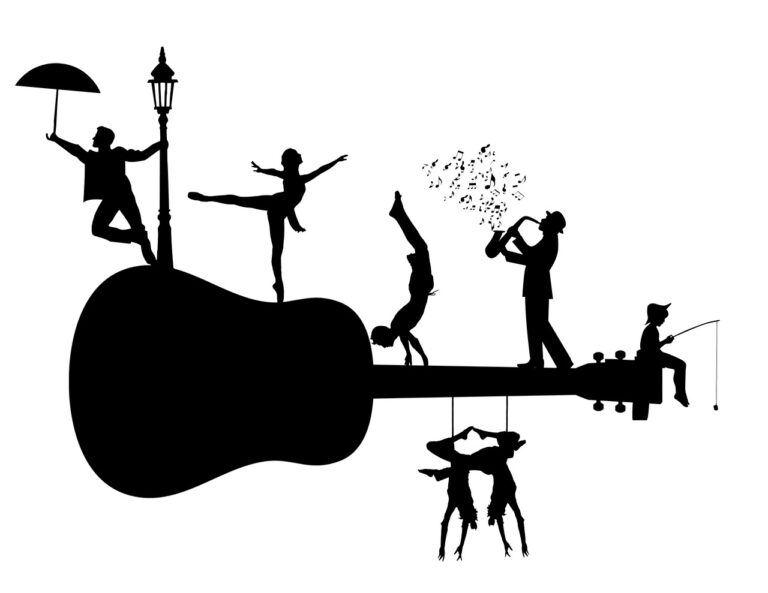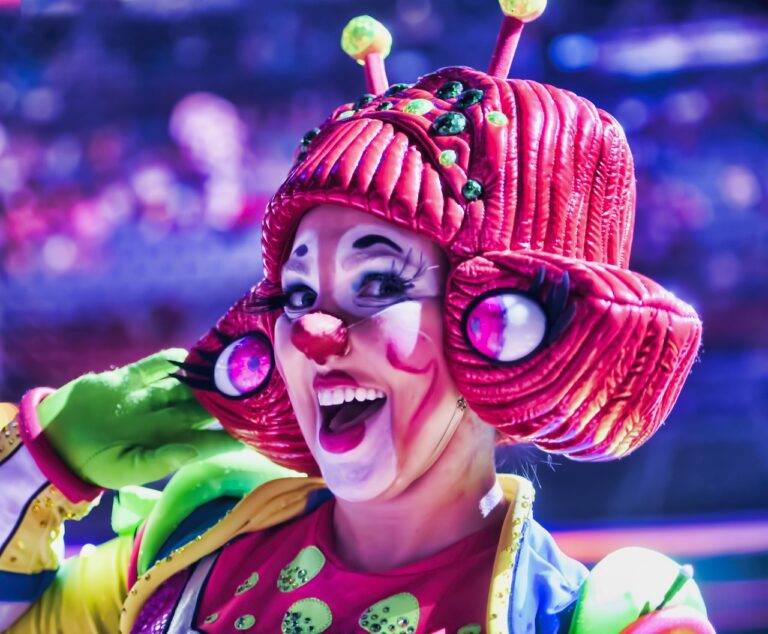Investigating the Rise of Virtual Influencers in Fashion and Beauty: CGI Models and Digital Avatars
In today’s digital age, the fashion and beauty industry has witnessed a significant transformation in its marketing strategies. Traditional methods like print ads and billboards have taken a backseat as brands now focus more on digital platforms such as social media and influencer collaborations to reach their target audience. This shift has not only widened the reach of these industries but has also allowed for more personalized and engaging communication with consumers.
Moreover, the rise of e-commerce has revolutionized the way fashion and beauty products are marketed and sold. Brands now have the opportunity to directly connect with consumers through online stores, offering a seamless shopping experience and tailored recommendations based on individual preferences. This direct-to-consumer approach has enabled companies to gather valuable data on consumer behavior, allowing them to refine their marketing strategies and products to better meet the evolving demands of the market.
The Impact of Virtual Influencers on Consumer Behavior
In recent years, the rise of virtual influencers has significantly influenced consumer behavior in the fashion and beauty industry. These computer-generated personalities, with their flawless appearances and aspirational lifestyles, have become increasingly popular on social media platforms, attracting a significant following of engaged users.
Unlike human influencers, virtual influencers offer brands a level of control over their messaging and image. This ability to curate a perfect brand image makes virtual influencers a desirable marketing tool for companies seeking to connect with their target audience in a more controlled and consistent manner. Additionally, their digital nature allows for endless versatility and creativity in campaigns, leading to increased engagement and brand visibility.
• Virtual influencers have a flawless appearance and aspirational lifestyle
• They attract a significant following on social media platforms
• Brands have more control over messaging and image with virtual influencers
• Virtual influencers offer a desirable marketing tool for companies seeking consistency
• Endless versatility and creativity in campaigns lead to increased engagement
The Technology Behind CGI Models and Digital Avatars
Advancements in technology have paved the way for the rise of CGI models and digital avatars in the fashion and beauty industry. Through cutting-edge software and sophisticated algorithms, these virtual entities have become key players in marketing campaigns, runway shows, and even social media influencing. By harnessing the power of CGI, brands are able to create hyper-realistic avatars that can be tailored to fit specific demographics and trends with ease.
One of the key advantages of using CGI models and digital avatars lies in their flexibility and adaptability. Unlike traditional human models, virtual entities can be modified quickly and efficiently to align with evolving consumer preferences and brand aesthetics. This allows for a more dynamic and responsive approach to marketing, enabling brands to stay ahead of the curve in an ever-changing industry landscape.
What is CGI?
CGI stands for computer-generated imagery, which is the use of computer graphics to create realistic images and visuals.
How are CGI models created?
CGI models are created using advanced software and techniques that allow designers to create realistic avatars and models from scratch.
What is the difference between CGI models and digital avatars?
CGI models are typically used in advertising and marketing, while digital avatars are more commonly used in video games and virtual reality environments.
How do virtual influencers impact consumer behavior?
Virtual influencers have the ability to reach a wider audience and engage with consumers on a more personal level, ultimately influencing their purchasing decisions.
Are CGI models replacing traditional models in the fashion industry?
While CGI models are becoming more prevalent in the fashion industry, traditional models are still widely used for runway shows and photo shoots.
What technologies are used to create CGI models and digital avatars?
Technologies such as 3D modeling software, motion capture technology, and artificial intelligence are commonly used to create CGI models and digital avatars.





